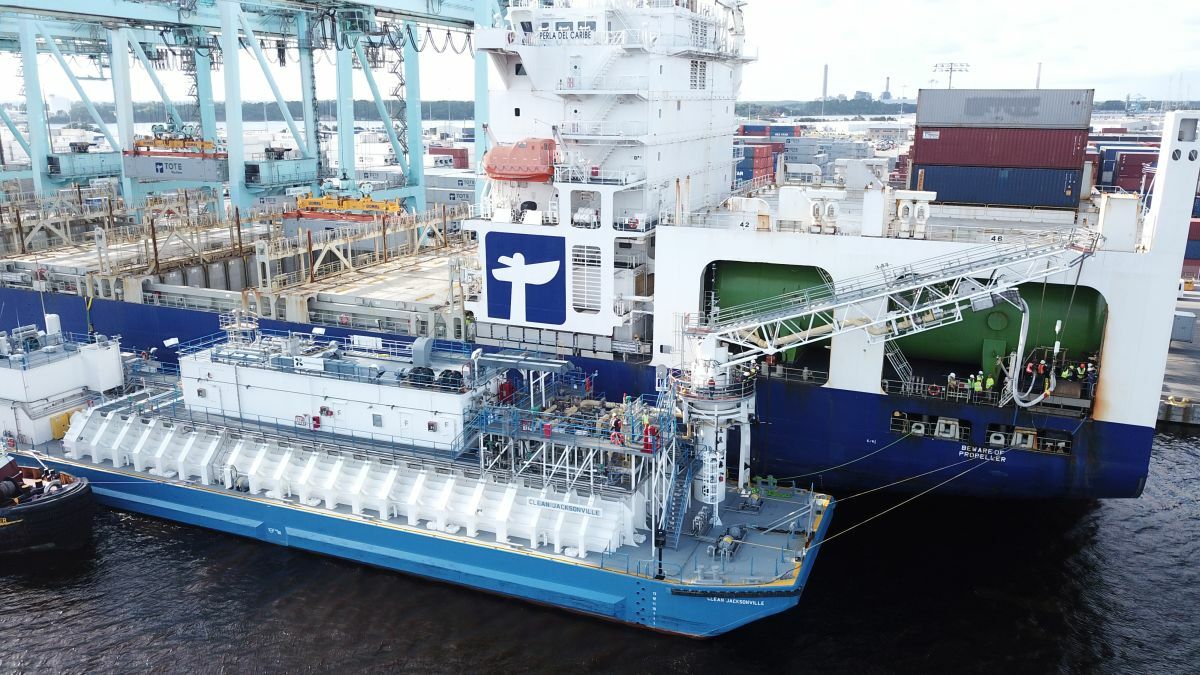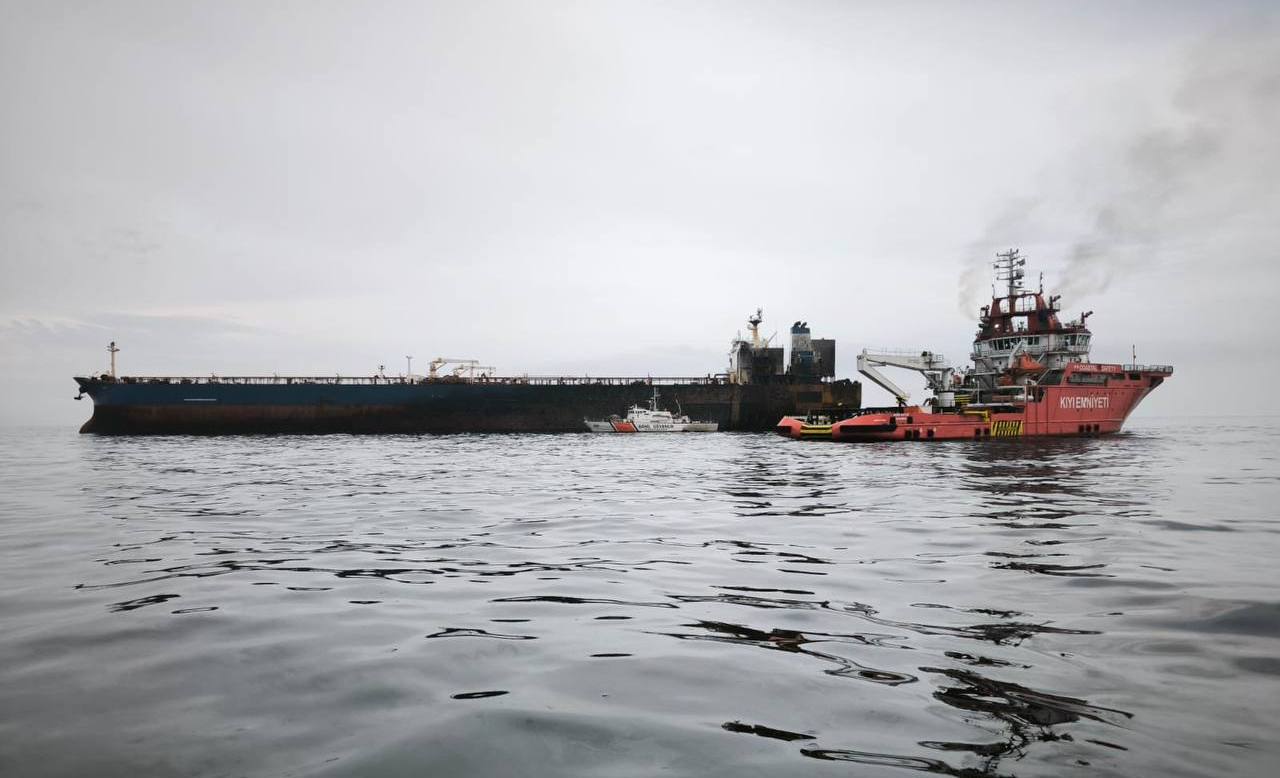Qatar’s Ministry of Transport on Monday partially lifted an unprecedented nationwide maritime navigation suspension, now allowing daytime sailing for non-conventional vessels while maintaining nighttime restrictions. The decision comes two days after authorities imposed a complete suspension of maritime activities on October 4 in what analysts described as “virtually unheard of.”
The technical malfunction affecting GPS systems remains unresolved, with officials warning that navigation accuracy continues to be compromised. In its latest directive, the MOT has implemented strict guidelines for recreational vessels, requiring them to return to port before sunset and remain within 12 nautical miles of shore.
The initial suspension represented a rare national-level halt to maritime traffic. Despite the sweeping nature of the original order, LNG carriers and other commercial vessels appeared to receive exemptions, with AIS data showing continued operations near Doha and Ras Laffan, according to an analysis from Trident Risk Advisors.
Trident said reports from users in Doha described location “drifts” toward Iran, fueling speculation about possible electronic interference or GPS spoofing activity in the region. Such incidents align with growing concerns about navigation security throughout the Persian Gulf and beyond.
The analysis notes that this disruption highlights vulnerabilities in global maritime navigation systems. GPS interference and spoofing have become persistent threats to shipping lanes from the Baltic Sea to the Persian Gulf. The incident raises questions about the potential for “hybrid disruptions” that blend technical malfunctions, deliberate interference, and geopolitical signaling—presenting genuine risks to international trade routes and energy supply chains.
Qatar’s MOT emphasized that the partial lifting of restrictions reflects its commitment to “the safety of seagoers and their safe return to their ports”, while urging strict compliance with the modified regulations.

 Join The Club
Join The Club










